The Reon Pocket can cool you down and heat you up while remaining unnoticed.
Get the latest international news and world events from around the world.
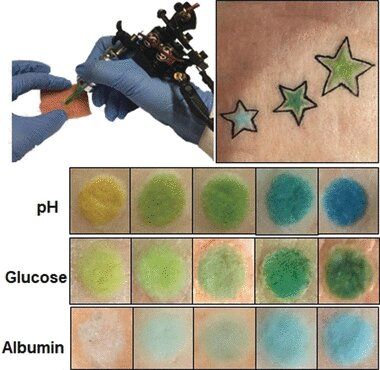
Dermal tattoo sensors for the detection of blood pH change and metabolite levels
The art of tattooing may have found a diagnostic twist. A team of scientists in Germany have developed permanent dermal sensors that can be applied as artistic tattoos. As detailed in the journal Angewandte Chemie, a colorimetric analytic formulation was injected into the skin instead of tattoo ink. The pigmented skin areas varied their color when blood pH or other health indicators changed.
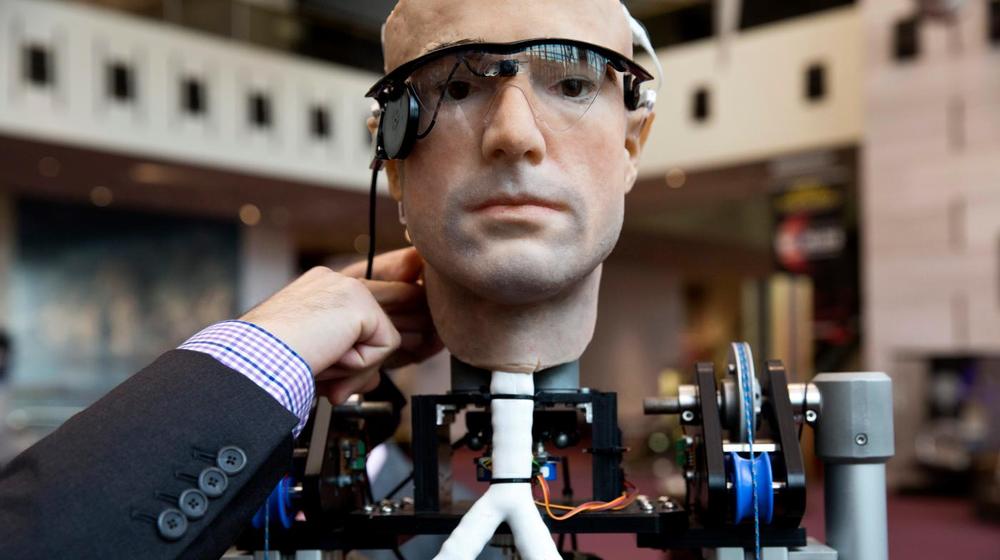
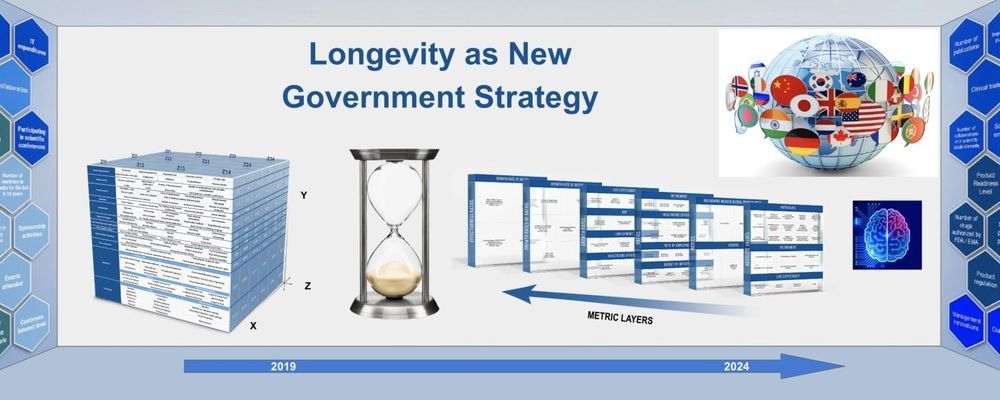
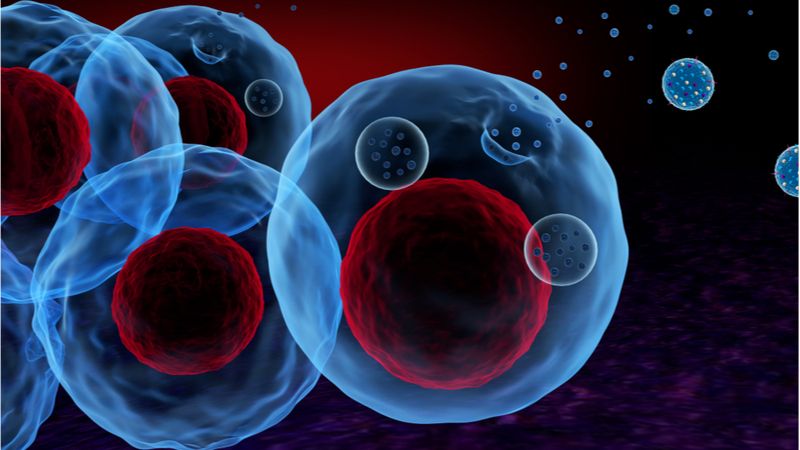
New Method of Halting α-Synuclein Aggregation
Researchers from the Beijing Institute of Brain Disorders have discovered a new method of using exosomes to deliver aptamers that prevent the accumulation of α-synuclein aggregates, which are the cause of Parkinson’s disease [1].
α-Synuclein Aggregates
Like Alzheimer’s, Parkinson’s disease is characterized by protein aggregation caused by a loss of proteostasis, one of the hallmarks of aging. In order for the brain to function properly, non-aggregated α-synuclein proteins are needed in order to facilitate the release of dopamine, a neurotransmitter, in nerve cell synapses. α-synuclein only becomes a problem when proteostasis fails and the proteins misfold, aggregate, and accumulate.
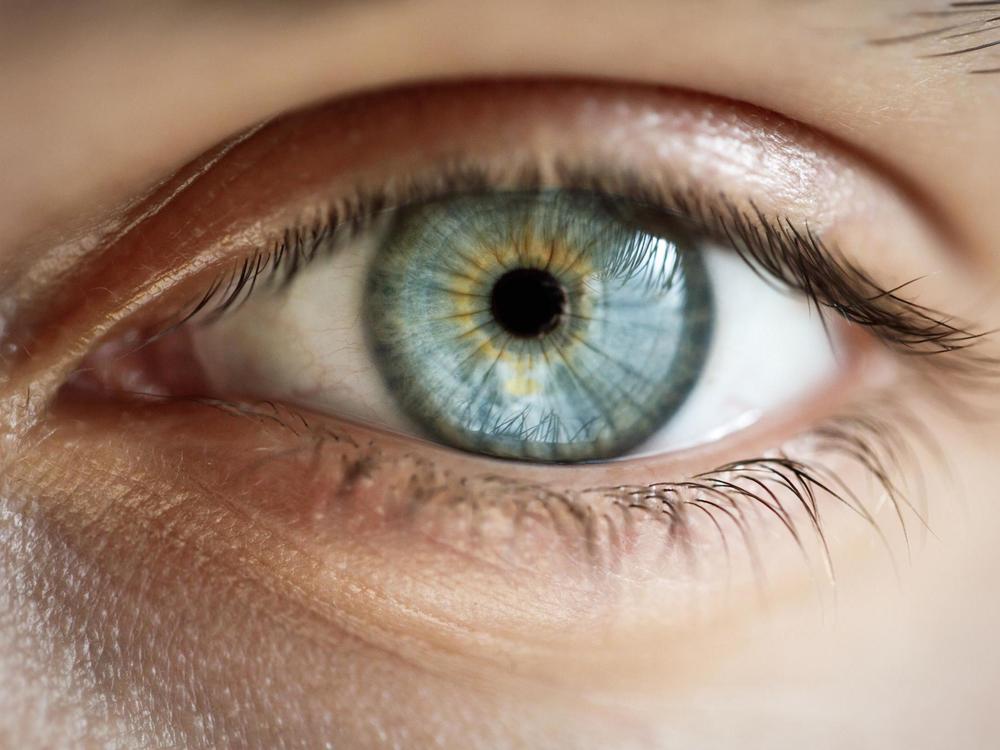
Robotic contact lens allows users to zoom in by blinking eyes
Most soft robots are controlled manually or pre-programmed but the lenses mimic the natural electric signals in the human eyeball that are active even when the eye itself is closed.
Engineers develop chip that converts wasted heat to usable energy
Mechanical engineers have discovered a way to produce more electricity from heat than thought possible by creating a silicon chip, also known as a ‘device,’ that converts more thermal radiation into electricity. This could lead to devices such as laptop computers and cellphones with much longer battery life and solar panels that are much more efficient at converting radiant heat to energy.

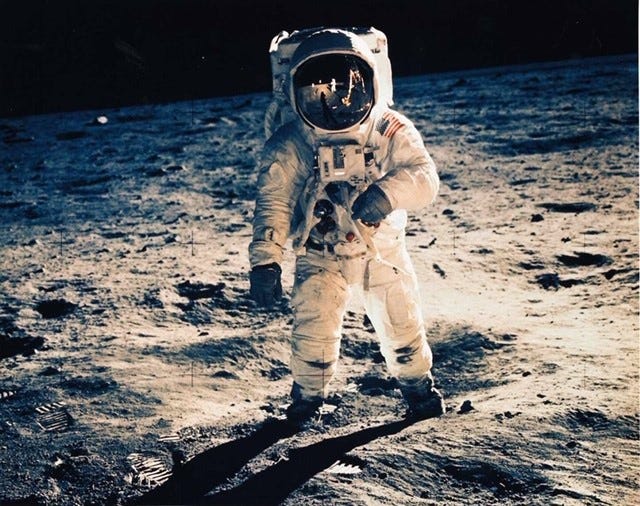
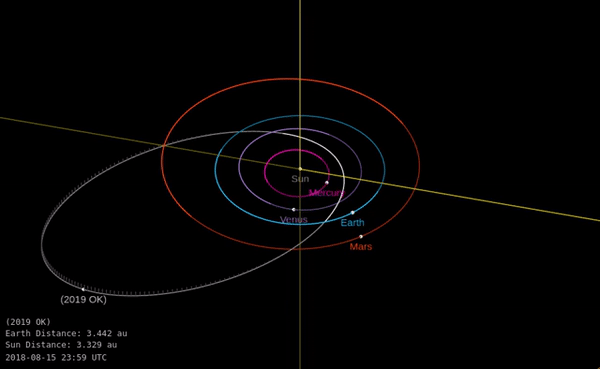
A huge asteroid flew very close to Earth last week. How did we miss it?
The asteroid managed to get within just 73,000 kilometers of our planet without anyone noticing. The miss lends a new sense of urgency to preparations for a potential collision one day.
The news: On Thursday July 25 an asteroid dubbed “Asteroid 2019 OK”, measuring 57 to 130 meters wide (187 to 427 feet), got uncomfortably close to Earth, according to NASA’s near-Earth objects database. It was less than one-fifth of the distance to the moon away, making it a very close call in space terms. If it had landed on a populated area it could have caused major damage, although this outcome is statistically quite unlikely.
Should we worry? It’s hard not to feel concerned that a “city-killer” sized asteroid wasn’t detected further ahead of time. It was announced just hours before it passed by Earth, after being detected just a few days beforehand by teams in the US and Brazil. Its relatively small size, unusual orbit, and fast speed all conspired to make it tough to spot, researchers told the Washington Post.